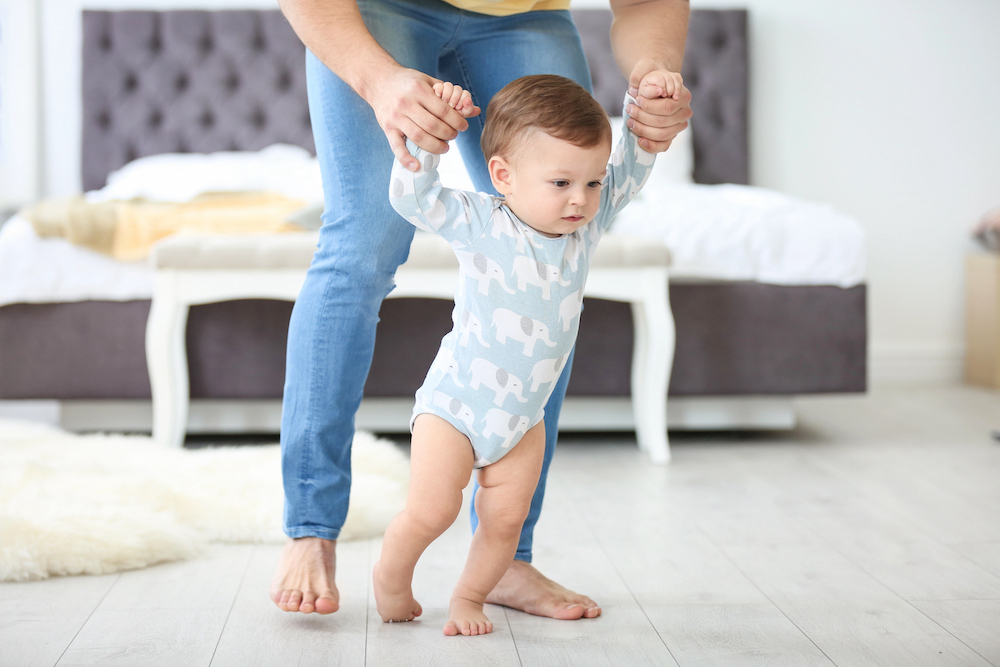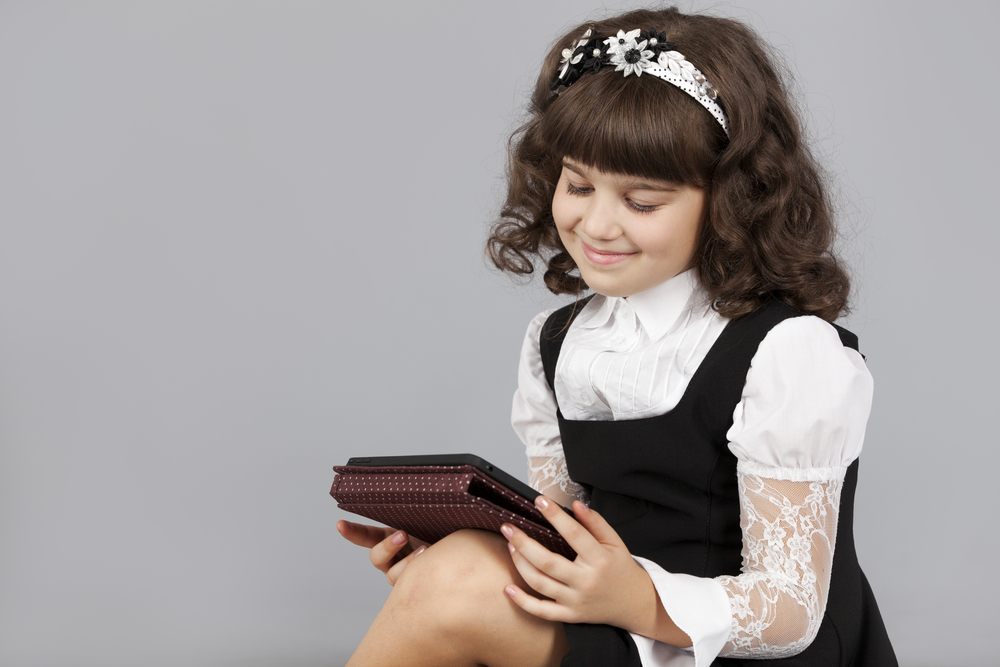A child’s first independent steps are a momentous milestone for any parent. While most children begin walking between nine and eighteen months, some take a little longer. If your child is approaching or surpassing 18 months without walking independently, you may feel a mix of anticipation and concern. However, there’s good news—later walkers often develop excellent coordination, balance, and confidence before they take off. With the right encouragement, they’ll get there in their own time.
Understanding Late Walking: Why Some Babies Take Longer
Every child develops at their own pace, and many factors influence when they begin to walk. Babies who start walking later aren’t necessarily behind; they’re just approaching this milestone differently. Here’s why:
1. Greater Awareness of Risk
Older babies are more conscious of their surroundings and their own abilities. Unlike younger walkers, who often take their first steps without hesitation, older babies are more aware of the risks of falling. Their sensory systems are more developed, so they can feel when they’re unsteady. As a result, they often wait until they feel completely ready before attempting independent steps.
2. More Developed Balance and Strength
By 18 months, your child has had more time to develop muscle strength and coordination. While they may seem hesitant, they are actually fine-tuning their skills. When they do start walking, they often fall less frequently than those who begin earlier because they have stronger postural control and balance.
3. Personality and Temperament
Some children are naturally more cautious and prefer to master each skill before moving on to the next. Others are more adventurous and willing to take risks. If your child is more reserved, they may need extra encouragement and reassurance before they take those first steps.
4. Physical and Environmental Factors
- Babies who were born prematurely or had early muscle tone differences may take longer to walk.
- Some children who spend more time in baby walkers or seated play may take a little longer to develop the muscle strength needed for independent walking.
- Kids who are motivated by social interaction—such as those with older siblings they want to chase—may walk sooner, while more content and observant children may take their time.
Encouraging Your Child to Take Their First Steps
If your child is pulling up to stand, cruising along furniture, or walking while holding hands but hesitates to let go, you can encourage them with these fun and engaging techniques:
1. The Broomstick Walk
- Front Hold: Hold a broomstick horizontally in front of your child at chest height and encourage them to grip it with both hands while you also hold on. Walk backward as they step forward. The slight wobble of the broomstick helps them develop balance while still providing a sense of security.
- Side Hold: Turn the broomstick upside down and place the handle on the floor. Have your child hold onto it with one hand while you steady it from above. This mimics a walking stick and helps them practice walking upright without relying too much on support.
2. The Hoop Walk
Use a hula hoop for added fun! Have your child stand inside it and grip both sides while you gently guide them forward. This method allows them to feel stable without completely relying on your hands for balance.
3. The Relay Baton or Pool Ring
Hold one end of a relay baton, small stick, or pool diving ring while your child holds the other. Walk beside them as they move forward. Unlike holding hands, which can cause a child to lean on you for balance, this encourages them to rely on their own strength and stability.
4. Leaning Against a Wall for Confidence
Stand your child with their back against a wall, then take a step forward and crouch down, encouraging them to walk toward you. Since they can’t easily drop into a crawling position, they’re more likely to attempt stepping forward.
5. Tempting Them with a Favorite Toy
Hold their favorite toy, stuffed animal, or snack just out of reach and encourage them to walk toward it. Keep it fun and pressure-free—cheering them on with excitement makes the experience positive and rewarding.
6. Barefoot Time for Better Grip
Letting your child practice walking barefoot indoors or on safe surfaces can help strengthen their foot muscles and improve balance. Bare feet provide better sensory feedback than shoes, allowing them to adjust their steps naturally.
7. Encouraging Play that Builds Leg Strength
Games like climbing soft play structures, standing to dance, or pushing a toy shopping cart can all help strengthen the muscles needed for walking. The stronger their legs, the more confident they’ll feel about taking those first steps.
When to Seek Professional Advice
While every child develops at their own pace, there are times when it may be helpful to check in with a healthcare professional. Consider speaking with a pediatric physiotherapist, GP, or child health nurse if:
- Your child is not standing or attempting to cruise along furniture by 15–18 months.
- They show little interest in movement or seem unusually stiff or floppy.
- They consistently favour one side of their body when standing or stepping.
- They have difficulty bearing weight on their legs.
Most children who start walking later catch up quickly, but if you’re concerned, a professional can assess their development and provide tailored support.
You may also like to read:










